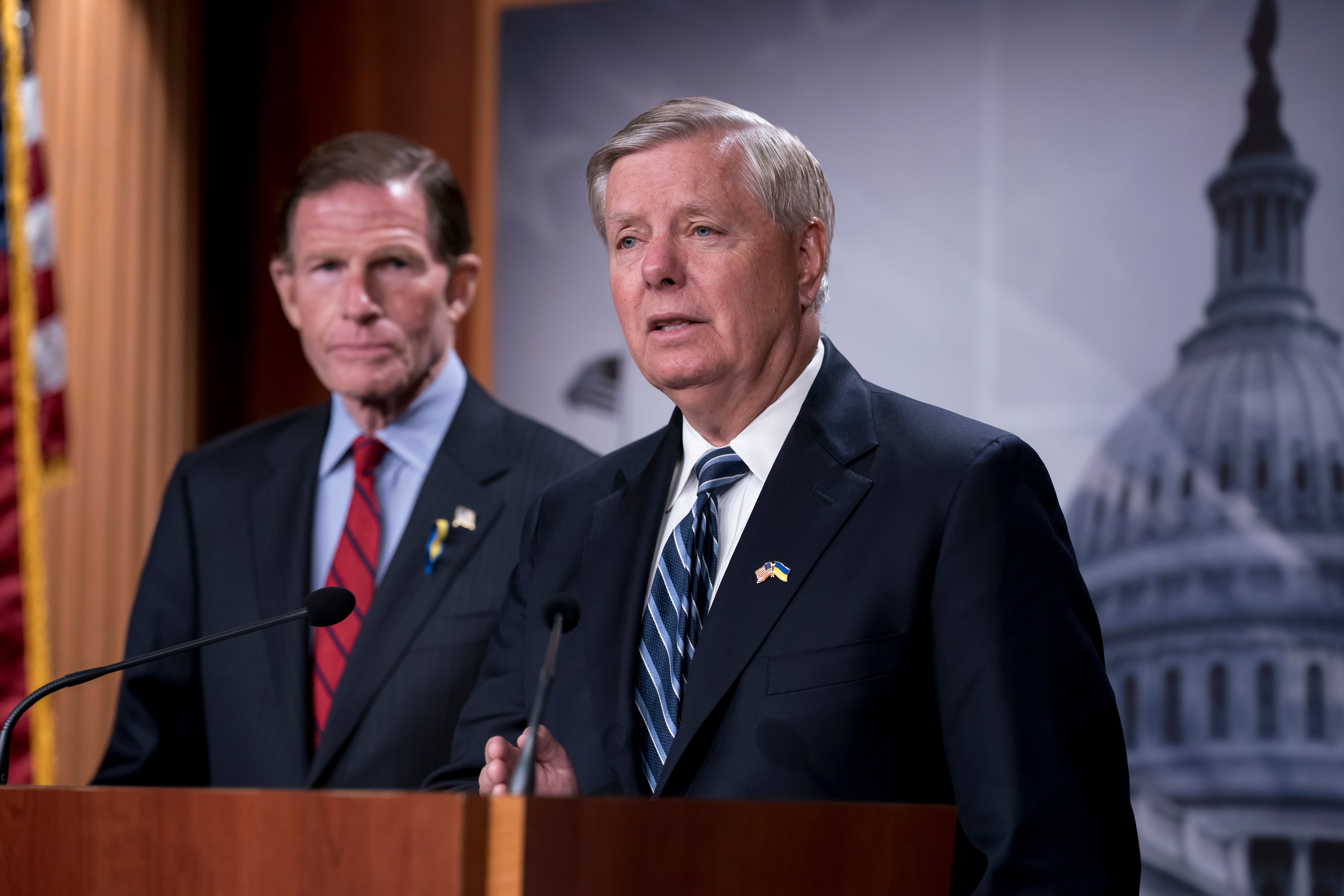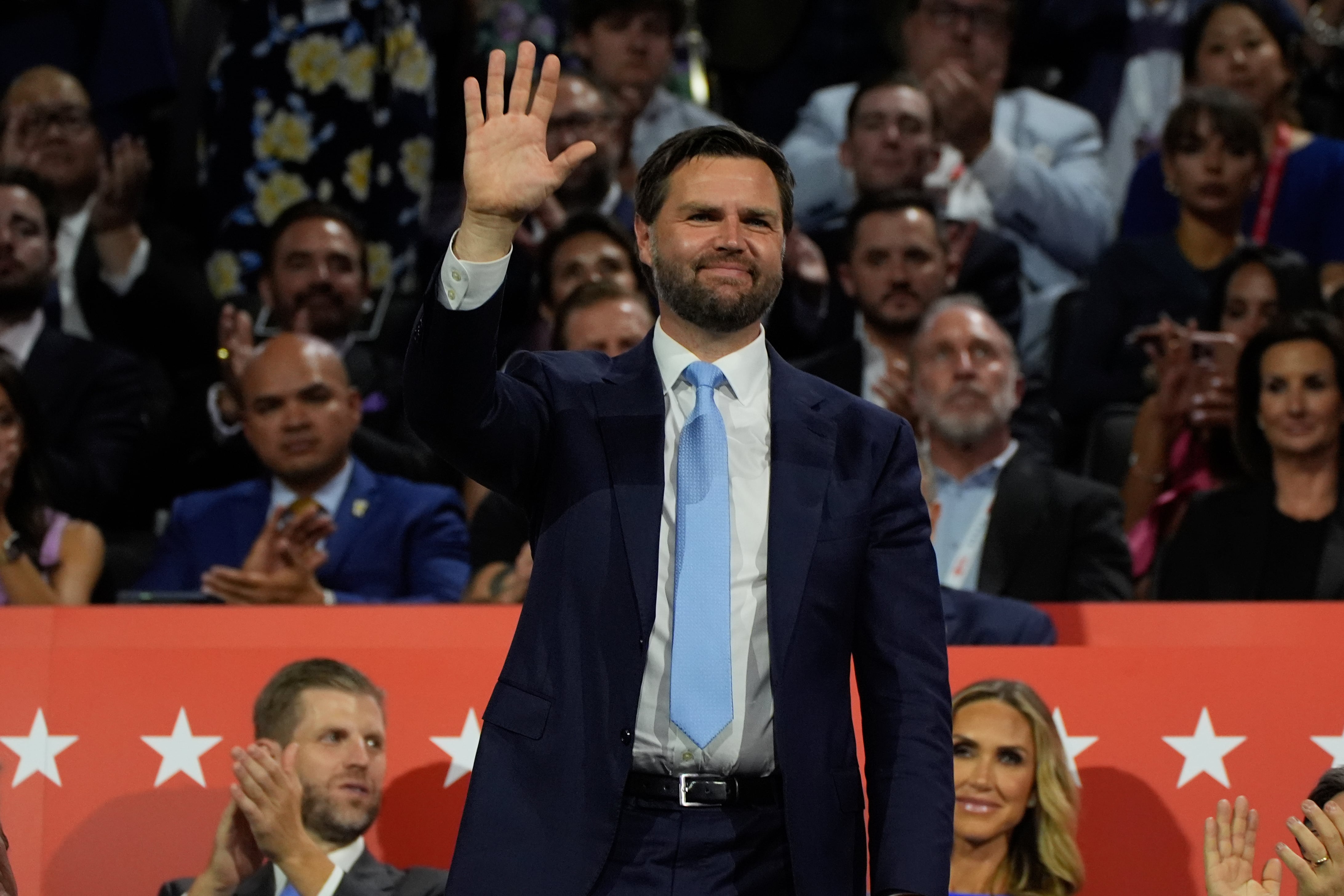Fewer candidates with military experience are running for Congress this fall than in 2022, and the total number of veterans in the House and Senate next session could fall to its lowest level since World War II, according to an analysis of candidates by Military Times.
But veteran representation in the halls of the Capitol is expected to remain much higher than in the public at large. Currently, about 6% of the U.S. population has served or is serving in the military. In comparison, about 18% of House and Senate lawmakers spent time in the ranks.
Advocates say that’s good news, since veterans bring important perspectives to key issues facing congressional responsibilities.
RELATED
“That type of lived experience is invaluable when it comes to national security debates,” said Allison Jaslow, CEO of Iraq and Afghanistan Veterans of America. “It’s essential to have a decent amount of veterans in office to protect the military, track veterans’ issues first-hand.
“There are plenty of civilians who do good work on issues like mental health and veterans care, but individuals who have lived it are more likely to engage thoughtfully on them.”
Fewer veteran candidates
In 2022, 196 candidates with military backgrounds won primaries for House and Senate races. Of that group, 97 — 17 Senate candidates and 80 House hopefuls — won their races.
This year, the number of primary winners who are veterans is down almost 10%, to 181. The smaller pool means the number of November election victors is also likely to drop.
Veteran representation in Congress peaked in the 1970s, when the number of veterans in both chambers reached 400. But after the introduction of the all-volunteer military force, both the number of veterans in America and the number running for Congress dropped steadily.
In 1980, more than 29 million veterans were living in the United States. Today that total is less than 18 million.
That population change is largely to blame for the decrease in congressional numbers. In 1986, the number of veterans who won congressional elections fell below 300 for the first time in almost four decades. It dropped below 200 for the first time in 1996. In 2014, it fell below 100.
The 116th Congress, which began in 2021, opened with 91 veterans among its members, the lowest total since the end of World War II. Depending on the outcome of races this year, the total for next year’s Congress could slip below that benchmark.
Even as the totals have dropped, the number of younger veterans mounting — and winning — congressional bids has grown in recent years.
In 2018, 54 veteran candidates started their military careers before 1980, versus 44 who joined the military after 2000. This year, 55 veteran candidates started after 2000, against 39 who signed onto military service before 1980.
Of the 75 candidates this cycle with a combat zone deployment, 62 of them served in Iraq, Afghanistan or both.
RELATED

Understanding the military
About 70% of the candidates with military experience are running as Republicans. That’s slightly higher than in recent years, with GOP candidates usually averaging about 65% of the field.
But Jaslow — who served with the Army in Iraq — said some of the shared political background of those candidates can blunt the partisan divide between the major parties.
These are people who have already sacrificed and served on behalf of their country,” she said.
House Veterans Affairs Committee Chairman Mike Bost, R-Ill. — a Marine Corps veteran himself — said his panel’s work depends on that first-person perspective.
“There are non-veterans on the committee too, but if you’re a disabled veteran, or a decorated veteran, there is a different understanding,” he said.
“The combat veterans on the committee in particular have always been a great help, because they have had to maneuver the Veterans Affairs health care system themselves. There’s just so much more wisdom that’s available from their experiences.”
Ten of the committee’s 25 members are military veterans. Two are among the seven women veterans serving in the House and Senate.
RELATED

The presidential factor
Not included in the list of congressional candidates are the two vice presidential nominees — Democrat Tim Walz and Republican JD Vance — both of whom served in the military.
Vance enlisted in the Marine Corps after graduating high school and served a four-year stint as a combat correspondent, during which he escorted civilian press and wrote articles for a military news service. He deployed to Iraq in 2005.
Walz served 24 years in the Minnesota National Guard, deploying to Europe in support of overseas operations in Afghanistan. His departure from the military months ahead of his unit’s deployment to Iraq has become a point of contention on the campaign trail.
This year marks the first time since 2004 that both major party presidential tickets have included a candidate with military experience. In that race, it was the presidential hopefuls themselves, Republican George W. Bush and Democrat John Kerry.
“Having two candidates who are both veterans and both post-9/11 veterans, that’s an exciting moment for our country,” Jaslow said. “And it sends a message.”
Whether that veteran vice president will have fewer veteran colleagues in Congress or a larger caucus to work with will be decided by voters on Nov. 5.
Leo covers Congress, Veterans Affairs and the White House for Military Times. He has covered Washington, D.C. since 2004, focusing on military personnel and veterans policies. His work has earned numerous honors, including a 2009 Polk award, a 2010 National Headliner Award, the IAVA Leadership in Journalism award and the VFW News Media award.
Read the full article here
